AtlasCohabitopiaTobias Hefti, Nico Bohren, Belma Ahmetovic, Moritz Stoll, and Lisa Tognola
The Katzensee is a fascinating lake located in the north-west of Zurich, Switzerland. Its history and protection are linked to a number of factors that testify to the importance of preserving this unique natural environment in the region. This small lake is surrounded by a variety of natural habitats, including wet meadows, forests and wetlands, making it an ecologically rich environment. Over the centuries, the Katzensee has played an important role in the lives of local communities, providing resources such as fish and drinking water. It has therefore been subject to changes and pressures due to various factors, such as urbanisation, agriculture or trade and transport. These pressures were not regulated by any law, so the area has been greatly damaged over the centuries.
Introduction
Although the area has been proclaimed protected, no drastic measures have been taken over the years, leaving the area of the two lakes mostly accessible. In fact, visitors have continued and still continue to disturb the fauna and flora, polluting, bathing, trampling the grass and walking their dogs.

Areas designated for biodiversity. Source: “Indicators,” Federal Office for the Environment, 2023.
- Target 2020
- Other areas designed for biodiversity protection and promotion
- Protected areas of international importance
- Cantonal, regional and local protected areas
- National protected areas
- Target 2020
- Other areas designed for biodiversity protection and promotion
- Protected areas of international importance
- Cantonal, regional and local protected areas
- National protected areas
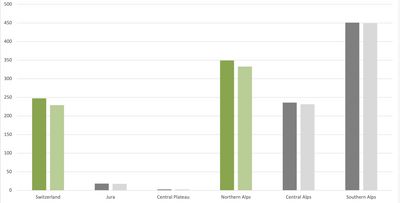
Fragmentation of landscapes. Source: “Indicators,” Federal Office for the Environment, 2023.
- 2020
- 2024
- 2020
- 2024
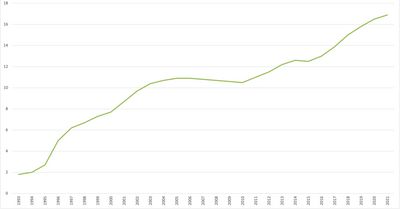
Organically farmed area. Source: “Indicators,” Federal Office for the Environment, 2023.
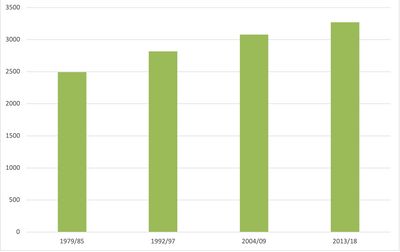
Settlement and urban area. Source: “Indicators,” Federal Office for the Environment, 2023.
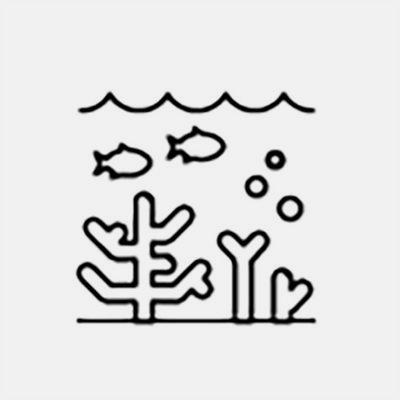


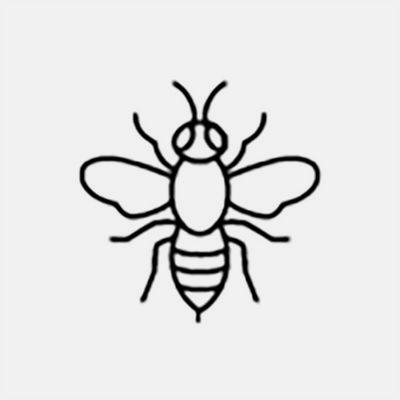

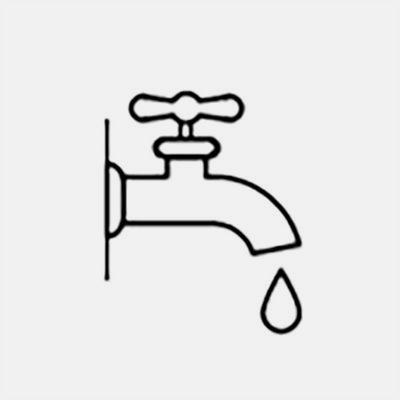


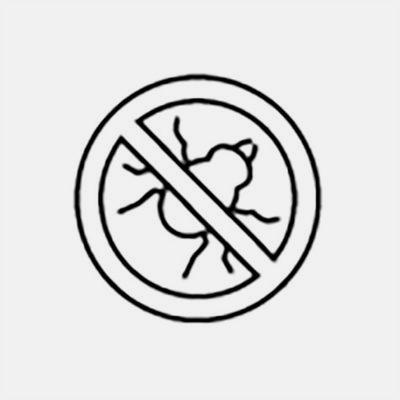






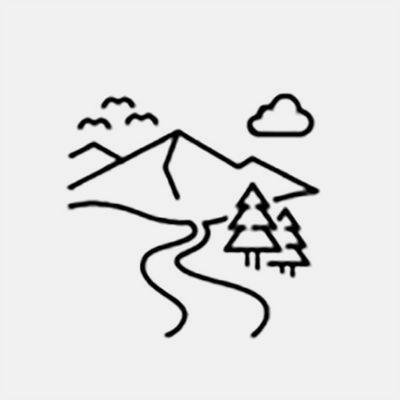


No Bees, No Life
A large part of biodiversity and it’s species diversity is generated by pollination. This requires a wide variety of actors, including the bee. But the term is much broader than the honeybee, the species we know best. Around 215 species of wild bees are registered in Zurich, while there is only one honeybee species. Due to the cultural aspect and the importance of honey production, honeybees are strongly promoted.

A contested territory
The honeybee is relatively flexible in it’s habitat and can feed on a wide variety of flower species. However, wildbees are very specific in their choice of food, habitat and flight time, which varies greatly from species to species. This puts them in strong competition with the honeybee, which is bred and cultivated by humans in a variety of places.
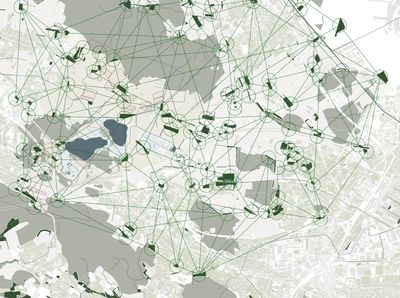
Connection lines between biodiversity areas

Mandatory biodiversity areas on agricultural land
“Farmers who have started to create more structures for wild bees are also noticing the synergies they have with nature, which bring them benefits.”—Tobias Liechti
The Disappearance of the Amphibians
The 19 amphibian species still living in Switzerland are almost all on the Red List of endangered species. They depend on wetlands as their habitat, which is increasingly shrinking. Therefore, the remaining habitats should be secured and protected. Such measures are being taken around Katzensee to prevent forestation.
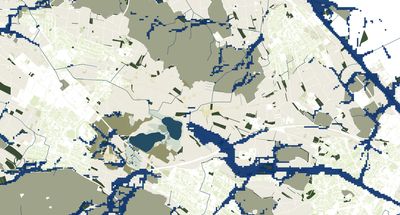
Amphibian findings on the site. Source: Eawag aquatic research
- Amphibian findings
- Forest
- Agricultural land
- Amphibian findings
- Forest
- Agricultural land
The area of Katzensee serves as a spawning ground for many amphibians, which they visit in the spring. Roads are a significant problem for frogs here. After the construction of the Wehntaler Strasse, which literally cuts the marshland near Katzensee in two, there was a collapse in the amphibian population. Tunnels for the amphibians were only installed later. Extensively farmed areas like permanent grasslands can be an essential habitat for the common frog. However, the needs of the frogs must be considered, which means refraining from using manure and artificial fertilizers and ensuring hiding places like hedges and groups of bushes.
Long-Distance Traveller
Birds are a crucal part of the ecosystem. They conect a broad range of landstrips and distribiute seeds. They help with pest conroll by eating overgrowing population, helping therby the farmer to stop using pesticides. To be effectif they need apropriate nesting and hiding spots close to the fild. Good examples would be bush hedges and letting part of the grassland grow. To establisch also the bigger birds of prey, viewing platforms are e crusal part.

The Eurasian Bitter is a heron and lives in close proximitry to the water. In old reeds they are perfektli camouflaged and start building there nest early in spring. A big population of old standing reeds are necessery. With the Katzensee and its sorounding landscape, it‘s one of a few regions where there are eurasian Bitter in switzerland. Sadly the reeds are to few and scattered, so they just stay here but arn‘t breading. To establish theme bigger reeds field would be necessery but also a strict border between lesure space for people and safe space for the birds.
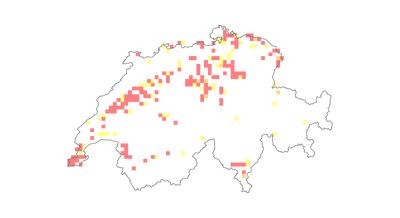
Red Deer: Curse and Blessing
The habitat of deer is becoming smaller and smaller and the animals are forced to retreat deeper into the forests. This often results in an overload of the habitat whereby the important roles of the deer quickly take on destructive tendencies and both humans and animals suffer from it. If habitat connectivity is lacking, the balance in the ecosystem is quickly disrupted. The forest suffers especially when food becomes scarce and even mature trees are debarked. The lack of young trees makes it difficult and slow for a species-rich forest to emerge. Damage can also occur in agriculture, often due to a lack of grazing land for deer.

The landscape in the canton of Zurich gives the deer little free space. Roads, residential areas and agricultural land are major disturbance factors and obstacles. To counteract this, a major goal is the interconnection of individual areas and thus a bigger habitat for deer. This connectivity allows the deer to play its role in its ecosystem without becoming a burden to the landscape and humans.

Wildlife corridors in the Canton of Zurich. Source: Rotwildkonzept Kanton Zürich, 2017.
- intact
- impaired
- interrupted
- regional axis
- axis national
- Highway A1 ZH
- intact
- impaired
- interrupted
- regional axis
- axis national
- Highway A1 ZH
Where Does It Lead Us?
“Globally, we would perish without biodiversity.”—Tobias Liechti
A large part of biodiversity and it’s species diversity is generated by pollination. This requires a wide variety of actors, including the bee. But the term is much broader than the honeybee, the species we know best. Around 215 species of wild bees are registered in Zurich, while there is only one honeybee species. Due to the cultural aspect and the importance of honey production, honeybees are strongly promoted.
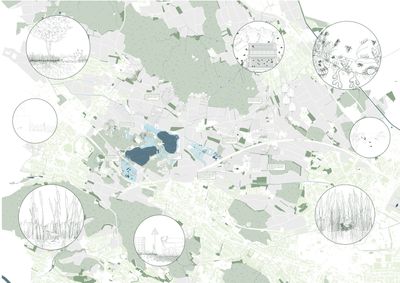
- Water
- Wetland
- Forest
- Gardens
- Biodiversity
- Agriculture
- Water
- Wetland
- Forest
- Gardens
- Biodiversity
- Agriculture
























